Blog
Table of Contents
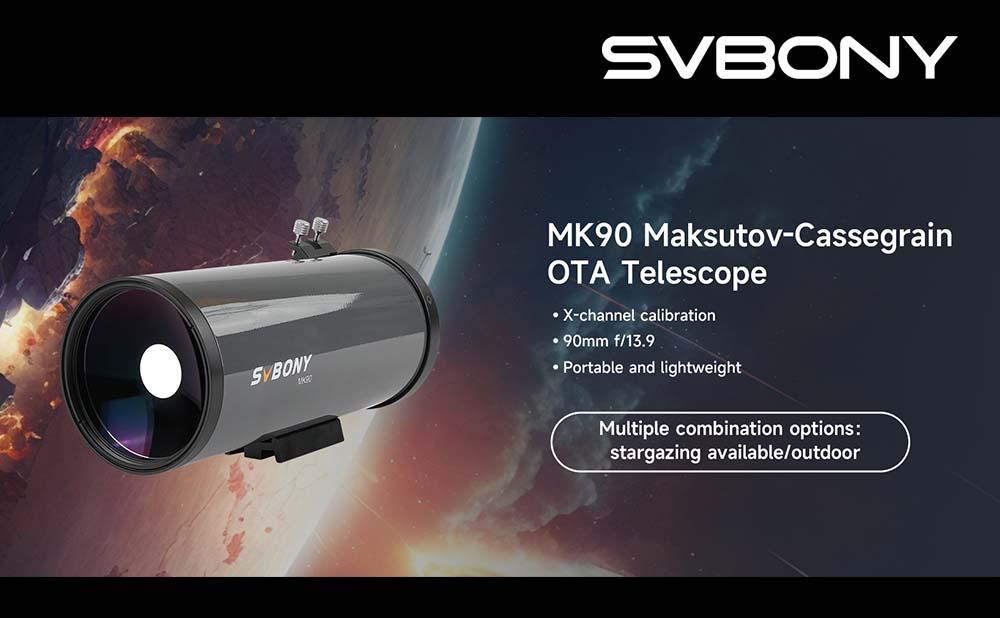
Maksutov-Cassegrain Telescopes
Maksutov-Cassegrain telescopes are gaining popularity among amateur astronomers due to their unique design and impressive performance. They offer a compelling combination of portability, power, and optical quality that sets them apart from traditional refractor and Newtonian reflector designs. In this blog, we'll explore what makes Maksutov-Cassegrains an excellent choice for both terrestrial and astronomical applications.
Advantages of Maksutov-Cassegrain Telescopes
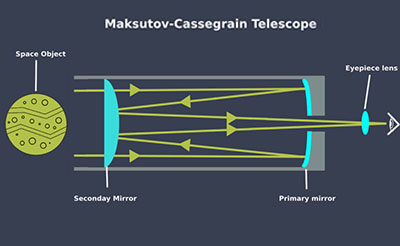
One of the key benefits of Maksutov-Cassegrain telescopes is their exceptional light-gathering efficiency, making them ideal for observing faint celestial objects. Their relatively short focal lengths allow for wider fields of view, which simplifies tracking objects as they move across the night sky. This versatility makes them suitable for a range of observational activities, from casual stargazing to more serious astrophotography.
Maksutov vs. Schmidt-Cassegrain: A Comparison
When comparing Maksutov-Cassegrains to Schmidt-Cassegrains, several distinctions become apparent. Maksutov-Cassegrains tend to offer higher contrast and better off-axis performance, making them particularly advantageous for astrophotography. The meniscus corrector lens featured in Maksutovs helps reduce aberrations in images, leading to sharper visuals.
Additionally, Maksutov telescopes are generally more compact and lightweight than their Schmidt counterparts, making them easier to transport—an important feature for mobile astronomers. Furthermore, they often come at a lower price point, making them accessible for budget-conscious enthusiasts.
Optical Tube Assemblies: Quality and Portability
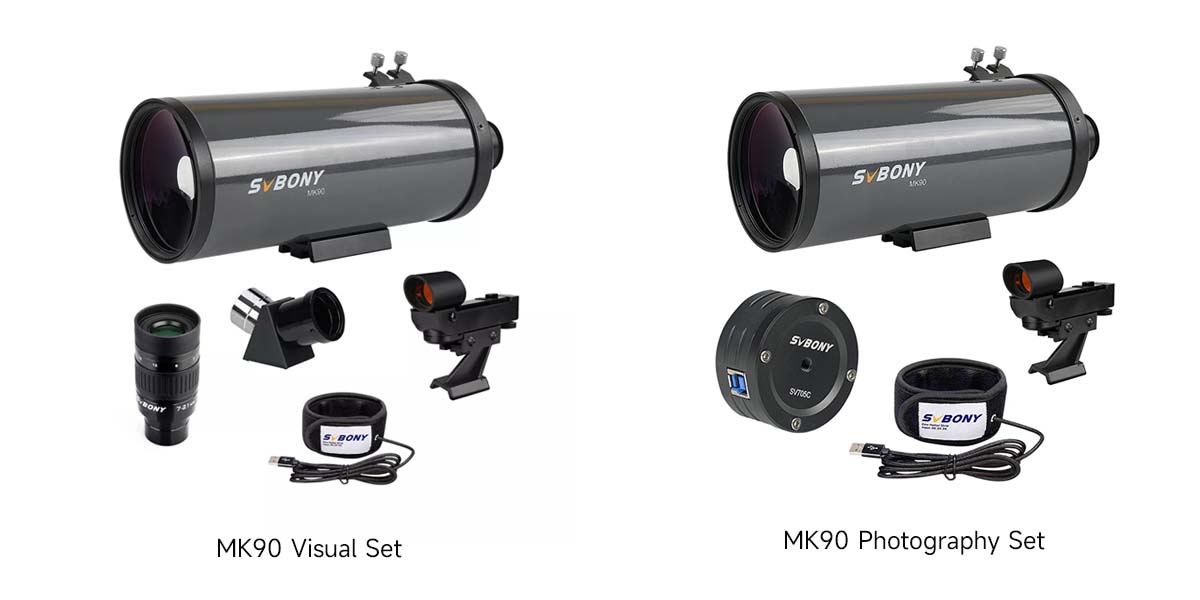
If you're looking for an optical tube assembly (OTA) that combines excellent optical quality with a compact design, a Maksutov-Cassegrain OTA may be exactly what you need. These telescopes are engineered for high-resolution visual astronomy and lunar or planetary imaging. Their sealed optics keep the primary mirror clean and dust-free for years, and unlike Newtonian reflectors, they rarely require collimation.
From compact travel telescopes like the 90mm OTA to more serious setups with 180mm OTAs, there are plenty of options to explore. Experienced birdwatchers have utilized Maksutovs for many decades, thanks to their portability and ease of use. For more serious astronomical viewing, larger apertures like the 127mm or 150mm Maksutov Cassegrain OTAs enhance resolution and light-gathering capabilities.
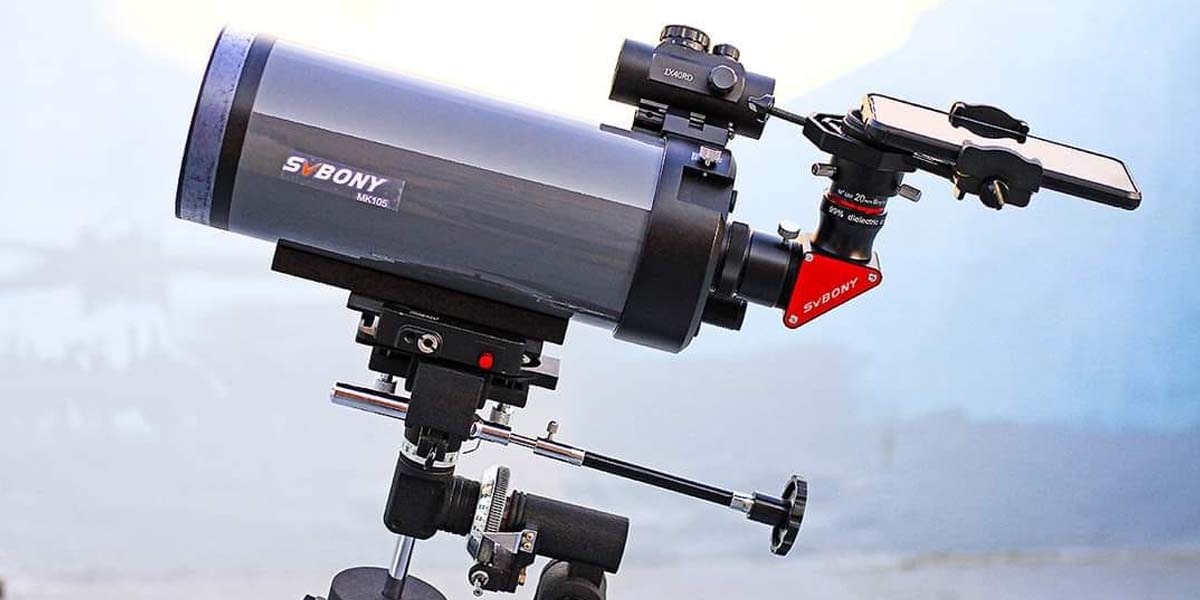
Accessories Included
Most Maksutov telescopes come equipped with essential accessories, such as a 1.25-inch star diagonal, a red dot finder scope, a zoom eyepiece, and a heater strip for optimal performance in different conditions. Photographic setups can also be combined with various camera models and finderscopes, further expanding the versatility of these instruments.
SVBONY has already released MK90 and MK105 OTA, in late this year, the MK127 will be coming, so stay stuned & claim
Exceptional Viewing Experience
Regardless of the size or model you choose, prepare for "Oh wow!" moments at the eyepiece of these high-contrast telescopes. With pinpoint stars set against dark backgrounds, users can expect smooth optics and effective baffling thanks to the advanced optical design.
The Maksutov-Cassegrain telescope is particularly well-suited for those interested in planetary observations and detailed views of the lunar surface. Astronomers in urban areas will appreciate the telescope's ability to deliver high contrast in celestial objects, making it a valuable tool for both city and country stargazers.
the picture captured by MK105 & SV705C
Unique Optical Design
The Mak telescope is classified as a catadioptric telescope, meaning it employs both lenses and mirrors in its design. Light passes through the corrector lens to the primary mirror, reflects off a secondary spot on the inner corrector plate, and finally reaches the eyepiece. This innovative configuration produces bright, sharp images that are virtually free of chromatic aberration.
Another advantage of the Maksutov-Cassegrain’s design is the need for less frequent collimation compared to Schmidt-Cassegrains. The smaller secondary spot enhances the telescope's ability to provide high-contrast views while simplifying maintenance.
Conclusion
In summary, Maksutov Cassegrain telescopes are fantastic instruments for anyone passionate about astronomy. Whether you're a seasoned observer or just starting, their combination of portability, optical excellence, and user-friendly design makes them an excellent choice for exploring the wonders of the universe. Get ready to experience stunning views and unforgettable moments under the stars with a Maksutov-Cassegrain!

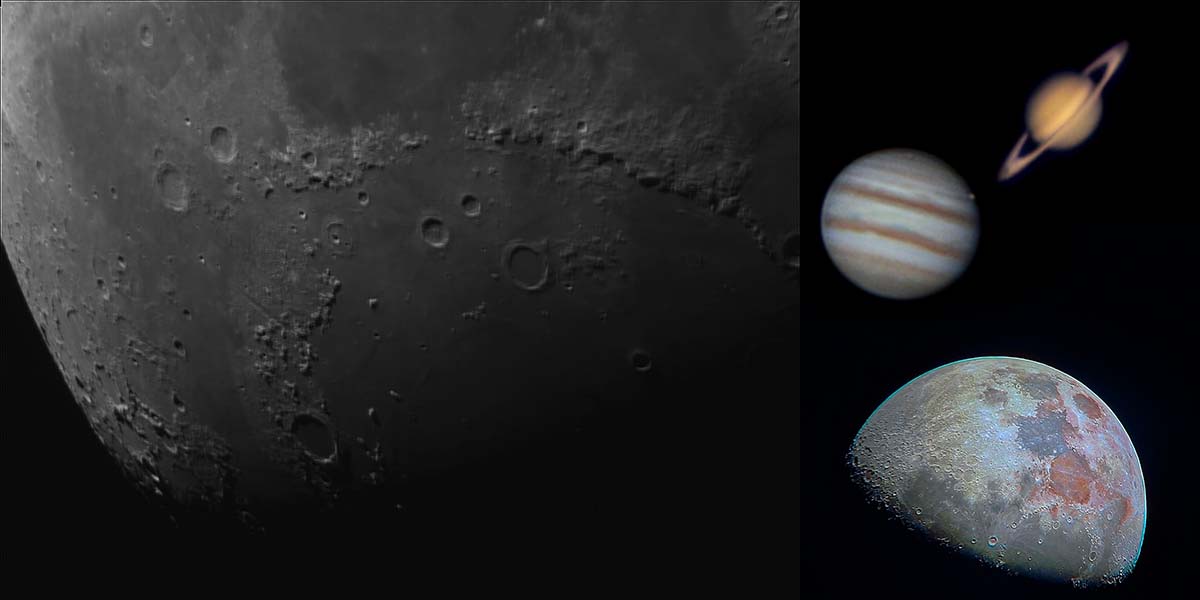
There are no customer reviews yet . Leave a Reply !